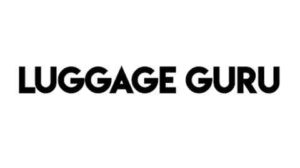by Daniel | Last Updated July 17th, 2022
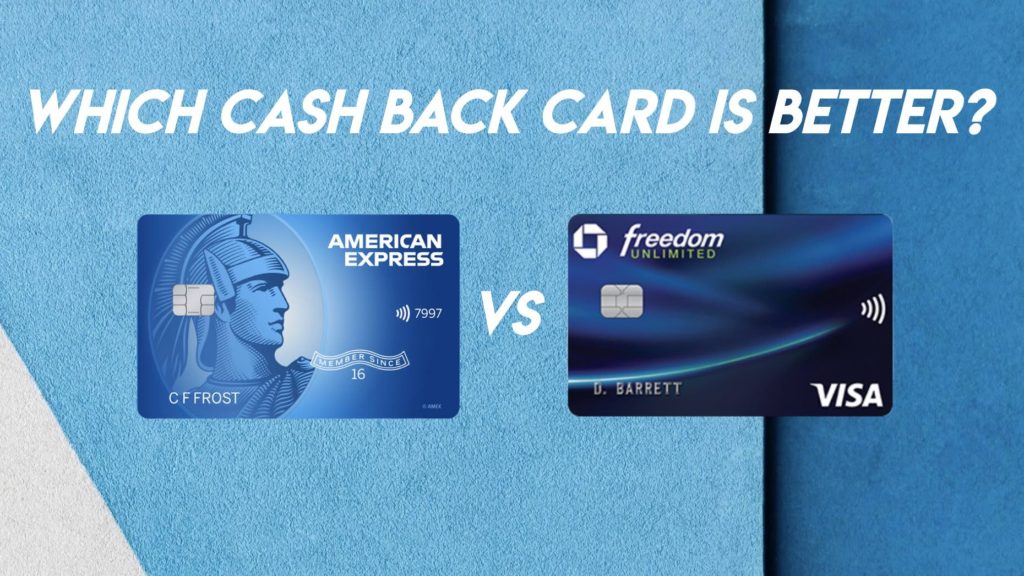
We may earn a commission for purchases using our links, at no cost to you.
If you’re looking for a cash-back credit card that has no annual fee, a reasonable cash-back earning structure, and some useful benefits and user perks, then the two cards this review are definitely worth considering.
In this article, I’m going to review and compare the American Express Blue Cash Everyday Card and the Chase Freedom Unlimited credit card.
Basically, I’ll compare everything each card has to offer, from its sign-up bonus to its benefits and user perks.
So Who Are These Cards Good For?
Now the first question I usually ask is who are these cards most suitable for?
And seeing that both of the cards are free on an annual basis and offer a signup bonus that is worth $200, I believe that either of these cards are suitable for pretty much anybody, as it is quite easy to receive value without the need to spend a lot of money.

APR
Now let’s take a look at the APR and associated fees that come with these cards, and not surprisingly they are relatively similar.
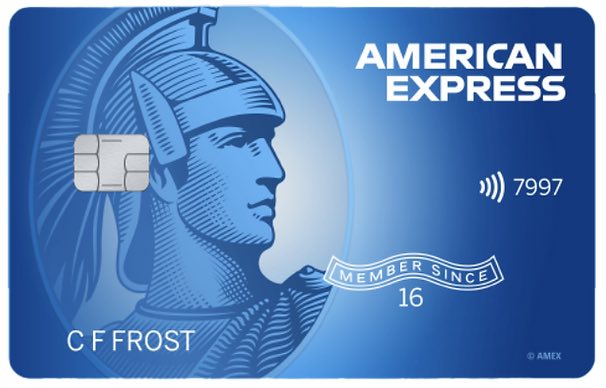
So starting with the American Express Blue Cash Everyday Card there is a 0% intro APR that is available for both purchases and balance transfers, and this runs for 15 months.
And if you want to do a balance transfer you will need to make a request to do so within 60 days of opening the account.
Once the 15-month 0% Intro APR has expired the APR will then vary between 15.49% to 26.49%.
Also, Balance transfers will incur a fee of either $5 or 3% of the amount of each transfer, whichever amount is more.
Getting a cash advance with this card will have an APR of 26.74% and will also incur a fee of either $10 or 5% of the amount of each cash advance, again whichever amount is more.
There is a Penalty APR of 29.99% for any late payments or payments that are returned by your bank.
And either of these penalties will incur a fee of up to $40.
And finally, it is worth noting that there is a foreign transaction fee of 2.7% for any transactions that are made outside the US.
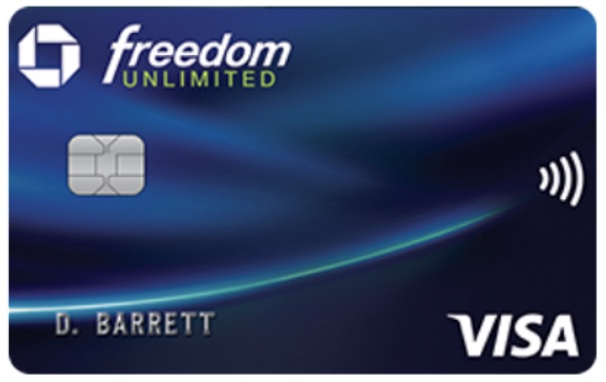
Next up, with the Chase Freedom Unlimited credit card there is also a 15-month 0% intro APR for both purchases and balance transfers, after this time is up the APR will revert to between 16.49%–25.24%.
Now for the first 60 days, a balance transfer will incur a fee of either $5 or 3% of the amount of each transfer.
After the 60 days have passed the fee will increase to either $5 or 5%.
A cash advance has the same fees as the Amex Card of either $10 or 5% of the amount of each cash advance.
The penalty APR is also the same at 29.99% for any returned payments or an unpaid balance.
And then there is also a foreign transaction fee of 3% that will be charged for any transactions that are made from outside of the US.
Sign-up Bonus
Now when it comes to the sign-up bonus that is on offer with both of these cards they are the same, but the Chase card only requires a quarter of the amount of spend to receive its sign-up bonus

So with the American Express Blue Cash Everyday Card, the sign-up bonus is currently $200 after you make a total of $2,000 in purchases over the first 6 months of card ownership.

The Chase Freedom Unlimited credit card also offers the same $200 sign-up bonus which is provided to cardholders in the way of 20,000 bonus points.
The big difference with this card is that the spending requirement to receive this bonus is only $500 spent within the first 3 months of card ownership.
So if you do happen to be on a budget, the Chase Freedom Unlimited card may be the best option for you.
Earning Cash Back
Now both cards offer a pretty wide variety of options for earning cash back, and you will notice that the Chase card has the highest potential cash-back earnings of both cards.

So starting with the American Express Blue Cash Everyday Card the highest cash back earning potential is 3% back on purchases up to a total of $6,000 in each category and includes the following business:
- 3% cash back at US supermarkets
- 3% back for online retail purchases
- 3% back at US gas stations
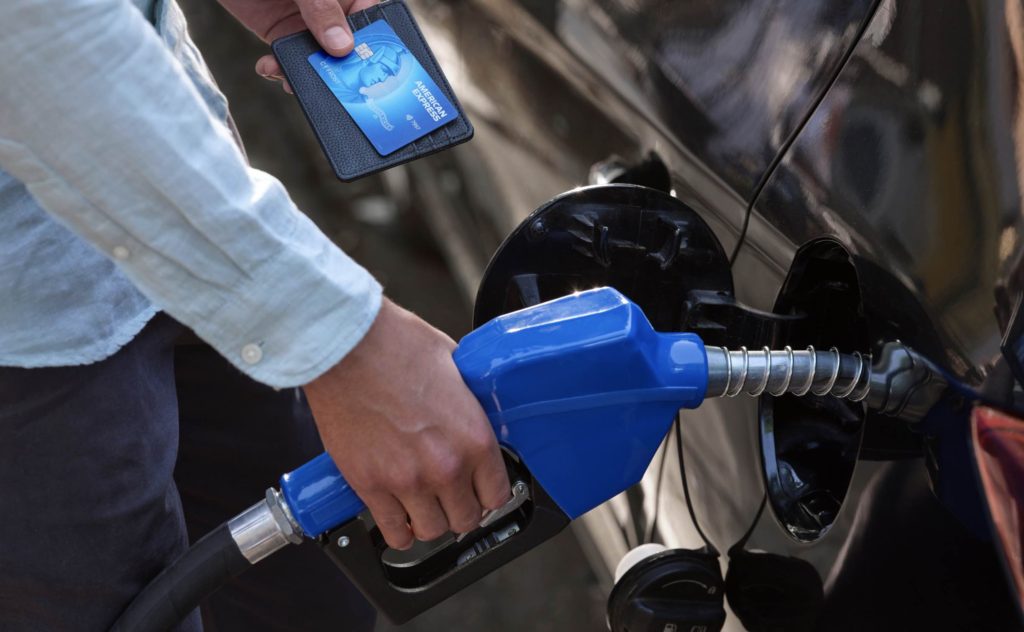
So it is possible to earn 3% back on a maximum of $18,000 spent on these categories each year.
All other purchases will earn 1% cash-back.

Now with the Chase Freedom Unlimited credit card the highest cash back earning potential is actually 5% back on the following categories:
- 5% cash back at gas station purchases on up to $6,000 spent in the first year
- 5% cash back on all travel that is purchased through Chase Ultimate Rewards
Then from here, it is possible to earn 3% cash back from the following businesses:
- Restaurants, including takeout and eligible home delivery
- Drugstore purchases

And then finally all ofter purchases will earn 1.5% cash-back.
So as you can see there is clearly more potential to earn more cash back with the Chase card as its maximum cash back earning potential is 2% more than what the Amex Card offers and its minimum cash back of 1.5% on all other purchases is 0.5% more than the Amex cards 1% cash back
Benefits, User Perks, and Insurance Coverage
Now when it comes to benefits the Amex Card actually offers more than the Chase card does, but the Chase card offers more in the way of insurance coverage.

So starting first with the American Express Blue Cash Everyday Card there are two main benefits that come with this card which are:
- Up to $84 in credit each year for any subscription to the Disney Bundle, so this will require spending at least $13.99 each month for the service, and then you will receive $7 back from Amex.
- Then it is possible to receive a $180 Home Chef credit for use towards orders that are made through Home Chef, and this is provided as a $15 credit each month.

Then when it comes to insurance-related coverage there are two different options:
- Car Rental Loss and Damage Insurance
- Purchase protection that provides up to 90 days of coverage on new purchases.

Next up with the Chase Freedom Unlimited credit card, there are no actual benefits that are listed with this card, but there are quite a few insurance-related coverage items that include:
- Auto Rental Collision Damage Waiver
- Purchase Protection of up to 120 days against theft or damage of new purchases, and this covers up to $500 per claim and $50,000 per account
- Extended Warranty of one additional year on US manufacturers warranties that are 3 years or less.
- Trip Cancellation/Interruption Insurance of up to $1,500 per person and $6,000 per trip
- Zero Liability
- 24/7 Fraud Protection
- Fraud alerts
Final Thoughts
So that pretty much covers everything there is to know about both of these cards.
And to be honest they are quite similar in just about every aspect.
When it comes to choosing one, it really depends on if you would prefer to earn more cash-back with the Chase Freedom Unlimited card and forego a couple of extra benefits.
Or get slightly less cash back with the American Express Blue Cash Everyday Card and receive the two benefits that are worth up to $264 each year if you manage to utilize them in full.
I personally would take the Chase Freedom Unlimited card as I know I wouldn’t use either of the benefits that are on offer with the Amex Card.
Also, I just prefer the idea of earning more cash back from my everyday spending.
But the most important question is which card would you choose and why?
Drop a comment in the comment section below and let me know.
Now if you’re interested in credit cards you should check out this article here where I go over some really interesting credit card statistics that you probably didn’t know.
